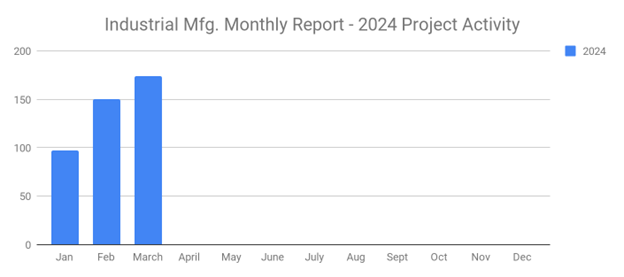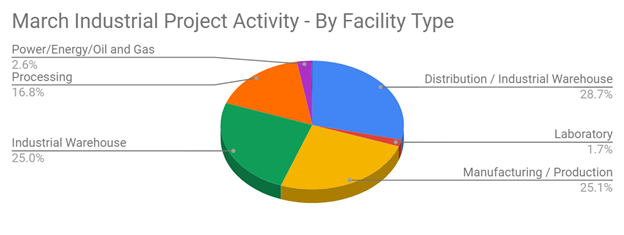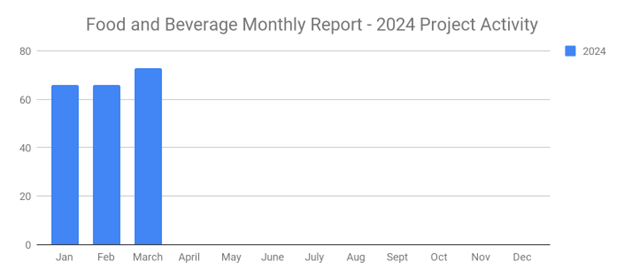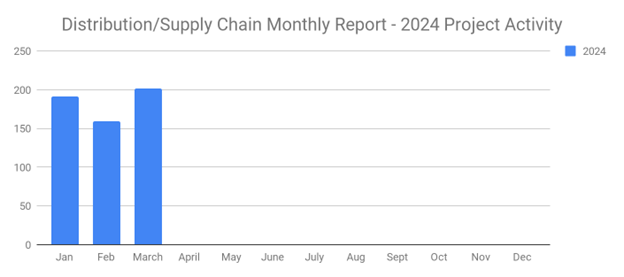-
Posted On Wednesday, April 05, 2017 by Evan Lamolinara

Account-based marketing is a powerful B2B sales and marketing strategy used by companies worldwide. When used correctly, it can deliver high-quality sales leads; increase account relevancy; allow for shorter sales cycles; create a more efficient sales/marketing process; and align marketing processes with account strategies. Unfortunately, however, many B2B companies fail to utilize account-based marketing to its fullest potential.
What is Account-Based Marketing?
Let's first take a closer look at the definition of account-based marketing, because this is something that often confuses sales people. Basically, account-based marketing, also known as key account marketing, is a strategic marketing method in which a company discovers and targets prospects with highly relevant and personalized information based on their account.
The old days of mass marketing products or services is long gone. If you want to connect with your target audience and convince them to take action with your company, you need to create personalized messages. Otherwise, your marketing efforts will go largely unseen.
According to a survey conducted by Altera Group, 96% of respondents say account-based marketing had a higher or much higher return on investment (ROI) when compared to conventional, untargeted marketed methods. A separate survey conducted by Sirius Decisions found that 92% of B2B brands say account-based marketing is either extremely or very important to their marketing efforts. Statistics such as these attest to the power of prospect targeting.
Who's it for?
When deciding whether or not to use account-based marketing, consider the size of your target demographic. In other words, who is most likely to buy your products or services? If your company's target demographic is large, perhaps mass marketing will deliver new leads. But if your target demographic is smaller and more specific, you will certainly benefit from account-based marketing.
Lead vs Account
It's important to understand the difference between a lead and account. Some people assume they are the same, but this isn't necessarily true. A lead is typically just a single person, whereas an account consists of multiple people within a company, typically the decision-makers. And as most seasoned sales leaders already know, these decision-makers are the ones who buy products and services for their respective companies.
So with account-based marketing, you are essentially targeting multiple people within the same company or organization. These are not just low-end workers, either; they are executives, business managers and other professionals with decision-making authority to buy products or services for their company. You messaging can then be crafted to speak to specific stakeholder's needs; ie the finance person, the procurement person, the operations person, etc. All of these contacts could potentially have an involvement in the buying process.Benefits of Account-Based Marketing
Now that you know a little bit about account-based marketing and how it works, let's take a closer look at some of the benefits it offers.
- Higher return on investment (ROI): With account-based marketing, B2B companies will reap the benefits of a higher ROI. In fact, some studies cite account-based marketing as delivering the highest ROI of any B2B marketing strategy.
- Shorter sales cycles: As previously mentioned, account-based marketing typically offers shorter sales cycles. This is because it's a targeted marketing method, meaning salespersons and their organizations aren't wasting time and resources with unqualified prospects.
- Increased customer loyalty. You might be surprised to learn that account-based marketing can increase customer loyalty. All communications are highly customized and personalized based on the prospect. Therefore, prospects and customers feel a stronger connection with the B2B company; thus, increasing their loyalty.
- It blurs the lines between marketing and sales. Account-based marketing uses elements of both marketing and sales, which in turn prompts teams within the B2B company to work together to achieve a common goal.
Account-Based Marketing Tips
If you're interested in using account-based marketing within your B2B company, you should first familiarize yourself with the different strategies. ITSMA, the organization who first dubbed the term account-based marketing, offers a list of the various strategies, which includes the following:
- 1:1 ABM: The “1:1” refers to targeting a single, high-value account. Many B2B companies prefer this account-based marketing strategy because of its simplicity.
- ABM Light: This strategy targets a researched list of prospective companies with similarities. It's slightly more resource-intensive, though the payoff can be more leads and sales.
- Programmatic ABM: With this strategy, sales teams target a broader segment of account, including but not limited to buyer personas.
When using account-based marketing, you'll need to classify your accounts. Hopefully, you already have a database containing key information about prospects. Whether you harvest this data yourself or acquire it from a third-party provider, you'll need relevant data regarding your target audience to proceed. With this information in hand, go through your list of accounts and prioritize them based on which accounts are most likely to buy your products or services. You should also use this opportunity to identify the decision makers within the specific accounts.
Next comes establishing channels. B2B business development teams can use any number of marketing channels to promote their products and services, including social media, email, website, SEO, direct mail, cold calling and more.
Arguably, the most important step in account-based marketing is launching personalized content. After all, this is the fundamental force behind this sales/marketing strategy. Think about what makes each account unique and create personalized content and messages to align with that account's interests.
What to learn more? Get in Touch
Latest Posts
-

Q1 2024 Ends on a Strong Note with March Producing 174 New Industrial Manufacturing Planned Projects
-

Q1 2024 Ends on a Strong Note with March Producing 174 New Industrial Manufacturing Planned Projects
-

Q1 Brings Strength to the Food and Beverage Industry with 73 New Planned Industrial Project for March 2024
-

Q1 Rebounds with 202 New Distribution and Supply Chain Planned Industrial Projects in March 2024
